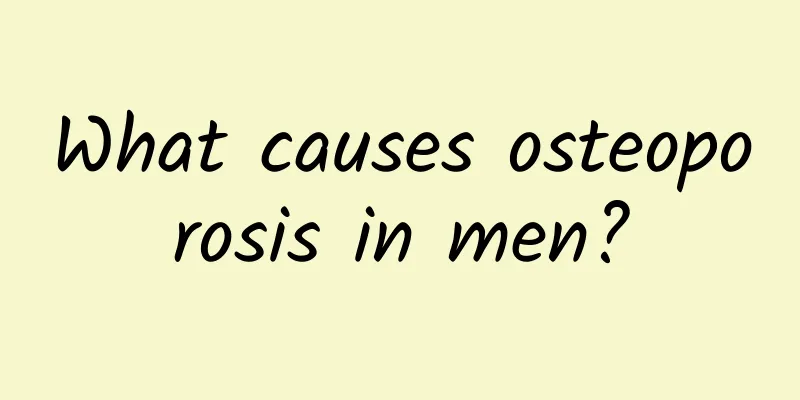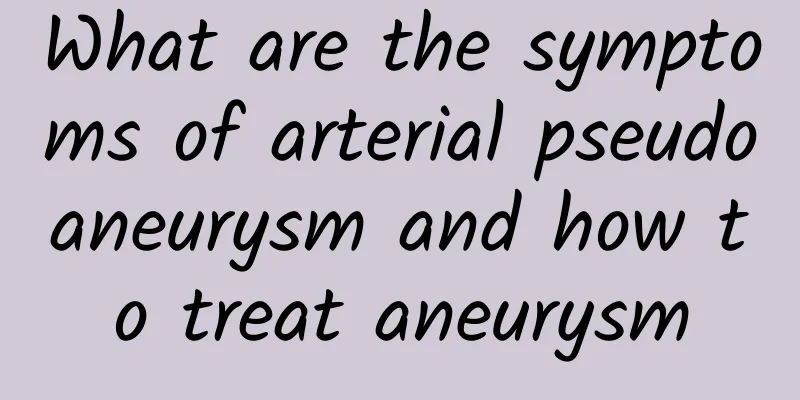How to check for ventricular septal defect?

|
Ventricular septal defect is usually initially diagnosed through echocardiography, electrocardiography and chest X-ray examinations, and if necessary, combined with cardiac catheterization and magnetic resonance cardiac imaging to further clarify the specific lesion. These examinations can evaluate the size and location of the defect and its impact on cardiac function to ensure the precise formulation of treatment plans. 1. Echocardiography: the first choice Echocardiography is the core method for diagnosing ventricular septal defect. It uses sound wave imaging to directly display the location and shape of the defect, and can also evaluate the shunting of blood through the defect. Usually, transthoracic ultrasound can meet the diagnostic needs, but for adults or when the ultrasound field of view is not clear, transesophageal ultrasound can also be selected to obtain more accurate images. When the results are uncertain, Doppler ultrasound can further help evaluate hemodynamic changes. 2. Electrocardiogram: Assists in evaluating cardiac function Although the electrocardiogram cannot directly show ventricular septal defects, it is an important reference for evaluating cardiac electrical activity and heart function. For example, some patients may show right heart hypertrophy, right bundle branch block or other heart rate abnormalities. In small ventricular septal defects, the electrocardiogram changes may not be obvious, but for larger defects, especially with pulmonary hypertension, the abnormal manifestations are more typical. 3. Chest X-ray: A preliminary understanding of cardiac imaging Chest X-ray can be used as an adjunct to the examination of ventricular septal defects, especially in evaluating heart enlargement and changes in pulmonary blood flow. For example, in the case of a large defect, the chest X-ray may show an enlarged heart and signs of pulmonary congestion. However, the chest X-ray cannot directly show the defect and is usually used in conjunction with a test such as echocardiography. 4. Cardiac catheterization: clarifying complex cases For patients whose ultrasound results are unclear or who need further evaluation of pulmonary artery pressure and shunt degree, cardiac catheterization can be considered. This test measures the difference in pressure and oxygen content in the heart by inserting a catheter, which can accurately reflect the amount and direction of shunt and help determine whether surgery is needed and the feasibility of surgery. 5. Cardiac MRI: High-precision diagnosis Cardiac magnetic resonance imaging is another advanced method for non-invasive diagnosis of ventricular septal defect. It can clearly show the anatomical structure and blood flow of the heart, avoid radiation exposure, and has high accuracy. This examination is mostly used for complex heart diseases or postoperative follow-up cases. The examination of ventricular septal defect should be based on the specific situation. Echocardiography is the most commonly used and non-invasive method of choice, which can quickly and accurately determine the defect. In complex cases, cardiac catheterization or magnetic resonance imaging should be combined for further evaluation and diagnosis. Regular monitoring and early detection can help develop the best treatment plan. If you have suspected symptoms, please seek medical attention in time to clarify the condition. |
<<: What vegetables should not be eaten if you get burned?
>>: Ureteral stones entering the bladder
Recommend
What can't you eat if you have gallstones?
Patients with gallstones need to avoid high-chole...
Can I eat beans if I have breast cysts?
People with breast cysts can eat beans in moderat...
What surgery is done for breast cysts
Breast cysts usually do not require surgery, but ...
What is liver cyst and fatty liver? Is it dangerous?
Liver cysts and fatty liver are two different liv...
How to treat bone spurs? Exercises for bone spurs
Treatments for bone spurs include medication, phy...
Can perianal abscess cause anal fistula?
If an abscess is not treated promptly, it may dev...
What are the treatments for sports-related osteoarthritis?
Sports osteoarthritis is a sterile inflammatory r...
What are the symptoms of gallstones and how to treat them
Common symptoms of gallstones include severe abdo...
What does breast hyperplasia mean?
Breast hyperplasia-like changes are generally a w...
What is the fastest medicine for urinary tract infection?
Urinary tract infection is an uncomfortable healt...
What causes shoulder blade pain?
Shoulder blade pain can be caused by a variety of...
Can I breastfeed if I have a breast cyst?
Breastfeeding is usually possible with breast cys...
Premonition of perianal abscess hanging thread falling off
Hanging thread therapy is a common method for tre...
What causes wrist pain?
Hand and wrist pain can be caused by a variety of...
How to treat breast cysts best
The best treatment for breast cysts should be det...









